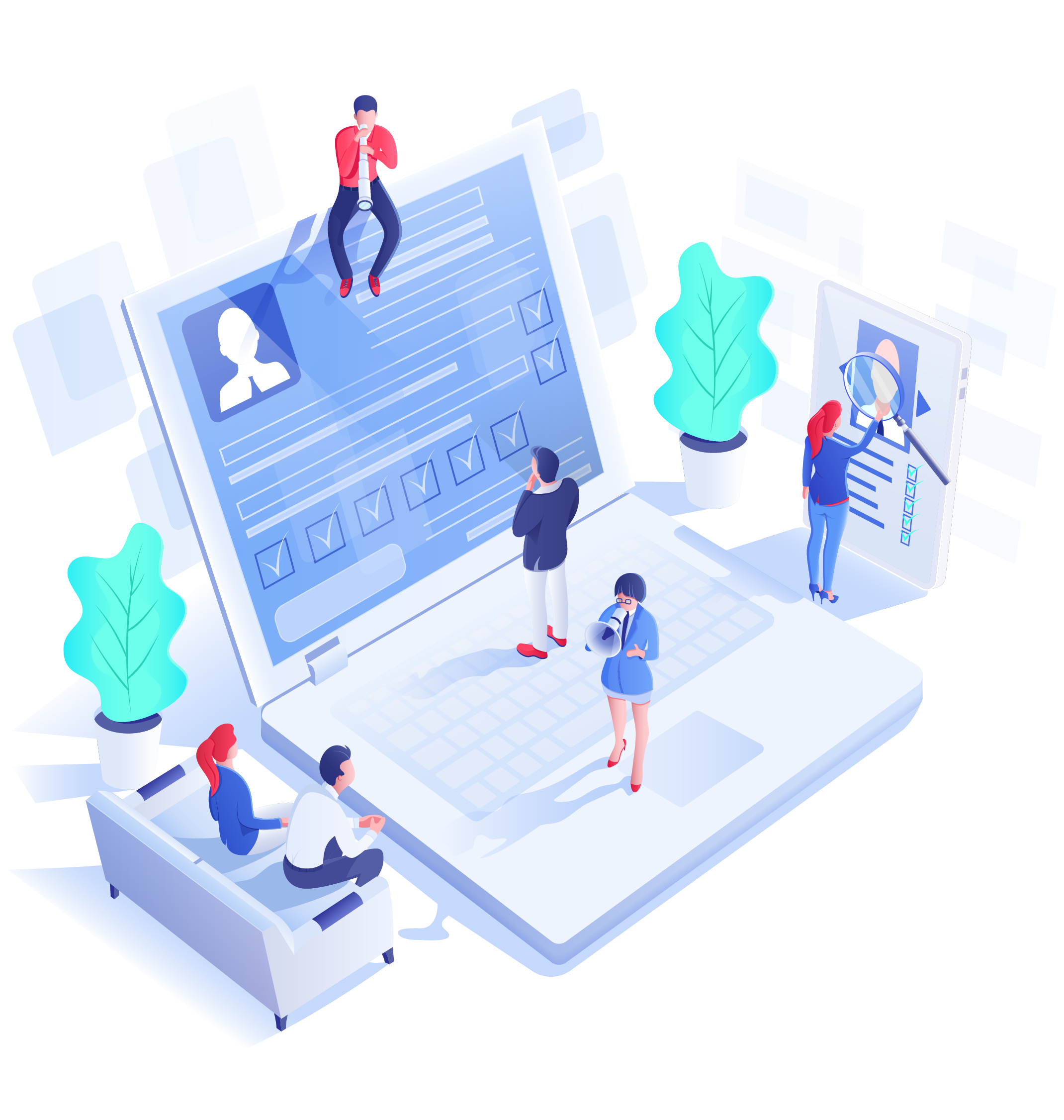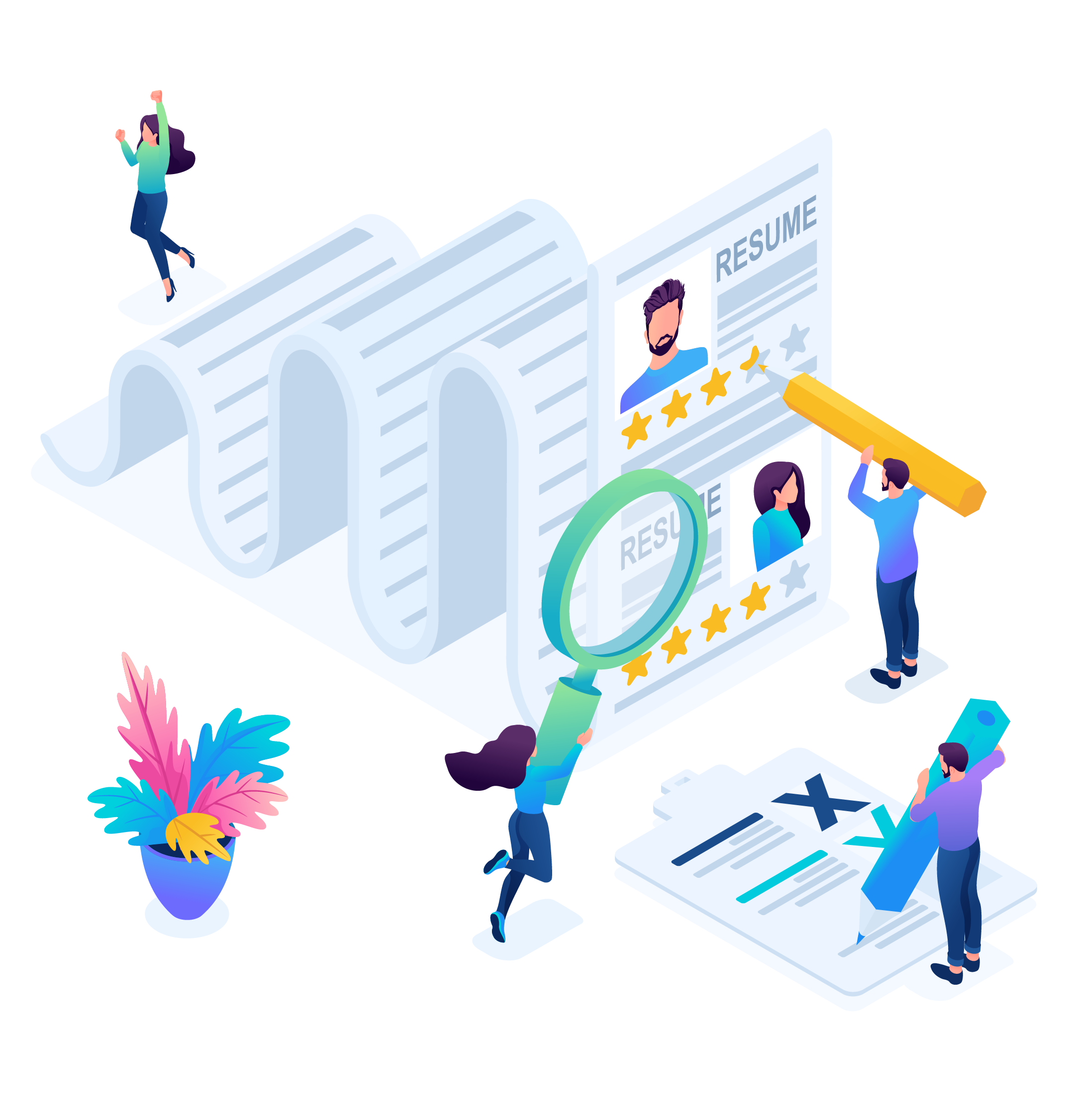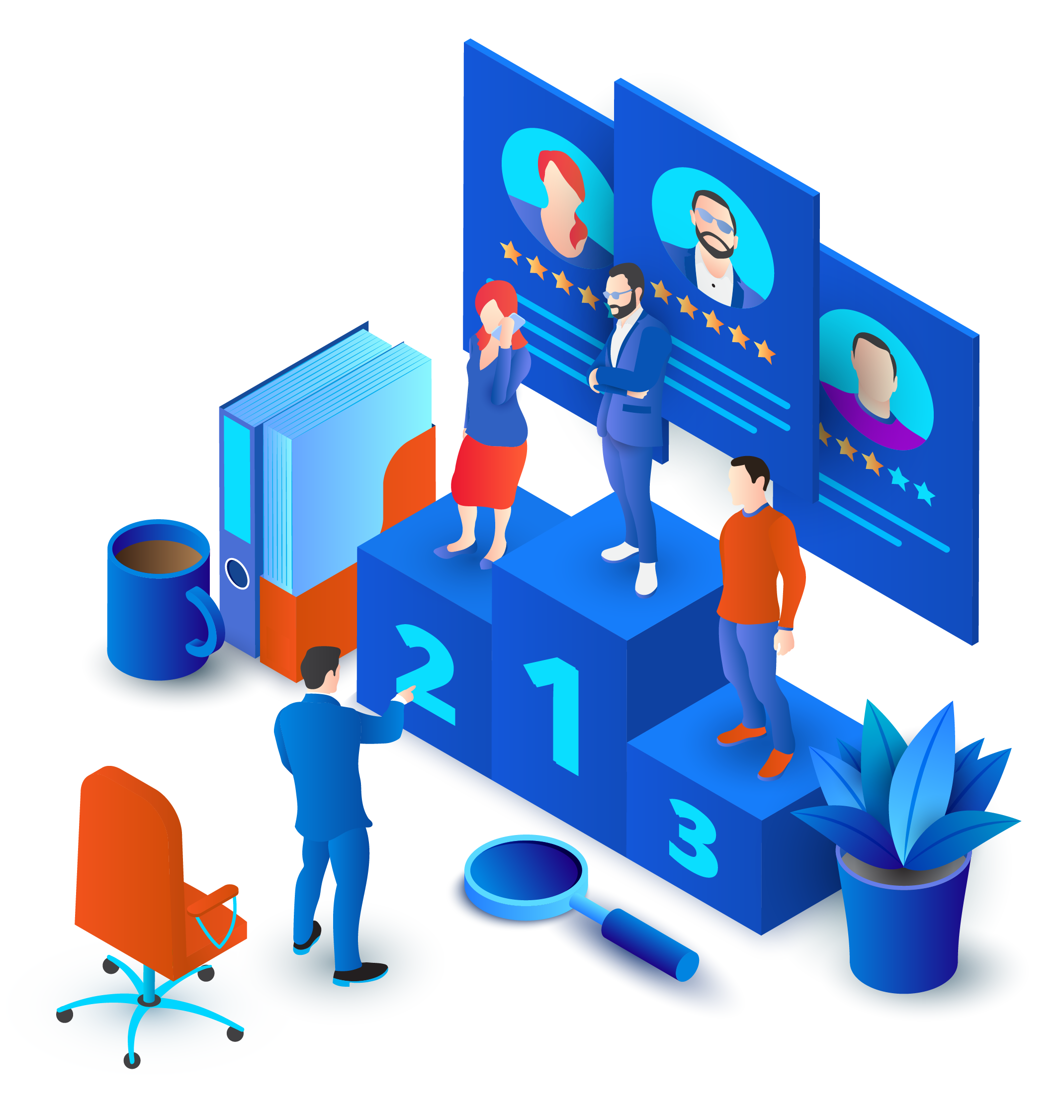Artificial Intelligence (AI) is no longer a distant concept; it’s reshaping industries, including human resources, and transforming the future of work. One area witnessing significant change is the dynamic between leadership and employees. As AI continues to evolve, it’s influencing leadership styles, decision-making processes, and how employees engage with their work and leaders.
Here’s how AI is redefining leadership and employee dynamics in this rapidly changing landscape.
1. AI-Driven Decision Making: Leadership Gets Smarter
AI in Leadership:
Leaders today have access to vast amounts of data, but manually sifting through it for actionable insights is impractical. AI tools are now stepping in to analyze data, offering leaders predictive insights that help in making faster, more informed decisions. This leads to data-driven leadership, where intuition is complemented with real-time analytics on workforce productivity, market trends, and employee engagement levels.
For instance, predictive analytics can forecast turnover rates, pinpoint factors leading to employee dissatisfaction, and help leaders make strategic decisions on talent management. Leaders who embrace AI-driven decision-making are better positioned to drive business outcomes, improve retention, and align human capital with organizational goals.
2. Enhanced Employee Experience through Personalization
AI and Employee Engagement:
AI is enabling a more personalized employee experience. Through tools that monitor employee behavior, preferences, and performance patterns, organizations can tailor experiences to individual needs. For example, AI can automate personalized training programs, suggest career development paths, and provide real-time feedback, allowing employees to stay engaged and develop their skills continuously.
AI also helps HR departments craft bespoke wellness programs by analyzing data on employee health and stress levels. This improves well-being and engagement, as employees feel valued and supported.
3. Redefining Leadership Roles: From Managers to Mentors
The Evolving Role of Leaders:
As AI takes over repetitive tasks such as scheduling, data entry, and performance tracking, leaders are transitioning from managers to mentors. Instead of spending time on administrative tasks, leaders can focus on coaching and developing their teams. With AI handling operational details, leaders can invest in more human-centered leadership, focusing on soft skills like emotional intelligence, creativity, and adaptability—areas where AI still lags.
This shift enhances leadership’s role in fostering a collaborative and innovative culture, emphasizing the importance of relationships over routine management tasks.
4. AI-Powered Leadership Development
Leadership Development with AI:
AI is also transforming how future leaders are developed. Through the analysis of individual performance metrics, AI can identify potential leaders and provide insights on the competencies they need to cultivate. Personalized leadership training programs can then be designed to help them grow into their roles. AI helps build leadership pipelines by evaluating a wide range of data points, such as behavioral patterns, decision-making skills, and adaptability under pressure.
By automating these processes, companies ensure that leadership development is more objective, personalized, and data-driven.
5. A Shift in Employee-Leadership Dynamics
AI’s Impact on Employee Interactions:
As AI takes on a larger role in managing employee workflows—be it through automated scheduling, chatbots for HR queries, or task automation—traditional employee-leader interactions are changing. Employees are empowered to work autonomously, making leadership less about oversight and more about guidance and support.
AI also fosters remote work by enabling virtual collaboration tools and ensuring employees can work seamlessly from anywhere. As remote work grows, leadership must focus on building trust, maintaining communication, and encouraging team cohesion—skills that go beyond the reach of AI.
6. Ethical Considerations and Trust Building
Ethics in AI Leadership:
While AI offers countless benefits, it also brings up questions around ethics, fairness, and transparency. Leaders must ensure that AI-powered decisions are free from bias, especially in hiring, promotions, and performance evaluations. Building trust between AI systems and employees is critical—employees need to feel that AI is working for them, not against them.
This shift requires ethical leadership, where leaders are transparent about how AI is used and ensure that it aligns with the organization’s core values and the well-being of its employees.
7. Shaping the Future of Work Together
AI’s potential to reshape leadership and employee dynamics is clear, but the future will rely on a balanced partnership between human creativity and AI’s efficiency. Leaders who adapt to these changes will be able to foster innovation, empower employees, and ensure long-term success. By understanding how AI can enhance leadership roles and employee experiences, companies can proactively shape a future of work where both people and technology thrive together.
Conclusion: Navigating the AI-Driven Future
As AI continues to evolve, so must leadership strategies and employee engagement practices. The organizations that embrace AI’s capabilities will see improved efficiency, more personalized employee experiences, and a shift in leadership from management to mentorship. However, the human element—empathy, trust, and ethical responsibility—will remain paramount. The future of work is about leveraging AI to enhance human potential, creating workplaces where both technology and people can excel.
Ready to explore AI-driven HR solutions? Contact us to learn how we can help your organization navigate the future of work.
About Atlas HR Technologies
At Atlas HR Technologies, we specialize in integrating cutting-edge AI solutions into HR practices to drive innovation and optimize workforce performance. Our mission is to empower organizations to thrive in the future of work by leveraging technology to unlock human potential. Reach out to us today to find out more about how we can transform your HR processes.



